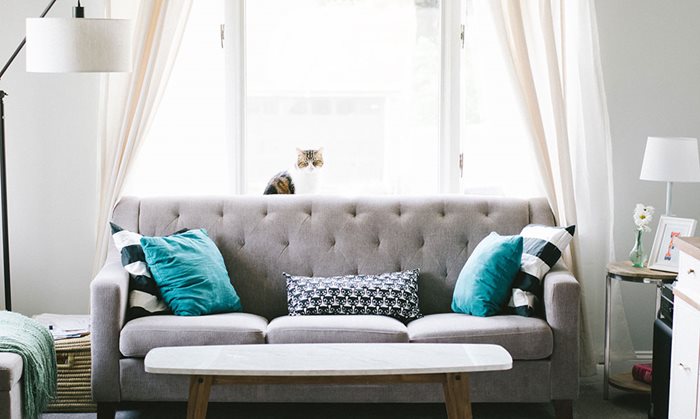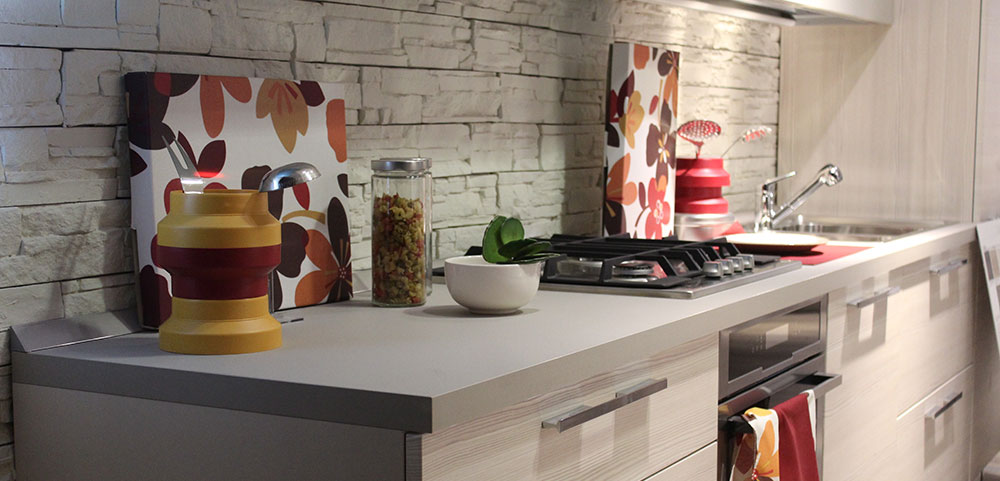How to find a good interior designer
A good dose of renewal is invariably good. Since remodeling a room or your home requires an eye for aesthetics, practical sense and an understanding of building, an interior designer can become a valuable ally. This is also the case when you have a new home built.
Before shopping for an interior design professional, here are some things to consider.
The role of the interior designer
It is important to distinguish the interior designer from other professionals in the field.
The decorator can help you with the choice of colors, curtains and decorative items, but does not normally have the knowledge of renovation to go beyond the minor and cosmetic changes. We therefore use his services to be guided in our purchases or to learn more about new trends. You can not expect to receive design and work planning services as a designer can do.
Architects and building engineers are normally busy with more structural tasks, such as anything involving load-bearing walls, for example. These can sometimes offer interior design services, but it is better to opt for a professional who is a specialist in the field.
So, in terms of remodeling your kitchen, remodeling your basement, designing a walk-in or any other project of its kind, an interior designer is the designated professional.

How to find a good interior designer
Your craftsmanship skills will have an impact on your decision. Those who hold the know-how have only to find a designer with whom they will be on the same wavelength.
If your projects are ambitious and require the services of a construction contractor, it is desirable to find a designer who can work harmoniously with the people responsible for the execution of the work. You would not want to be caught between the two!
In fact, check out our handy guide for how to find a good construction contractor.

Unlike engineers and architects, designers are not governed by an order. However, two websites offer great tools to start your research.
With 800 members, the APDIQ (Quebec Professional Association of Interior Designers) acts “as a certification, classification and certification body for the profession”. “The APDIQ is the only reference entity that governs the holders of the APDIQ Certified Interior Designer designation. You can find the details of its members and several practical tips.
The Index Design site is ideal for getting to know the designers of the province and everything related to current affairs. The site also offers an excellent directory of design agencies.
In terms of prices, they vary greatly depending on the designer and the scope of your work. Services are normally billed on time, on a lump sum basis or as a percentage of the cost of the work. In this case, the situation is especially relevant for new construction and large-scale projects. Still, the best way to get a good price is to communicate with several professionals and not be afraid to negotiate.
If you need financing, check out our text “Borrow more to renovate your home”.



